8 Wine Rules Sommeliers Wish You’d Follow
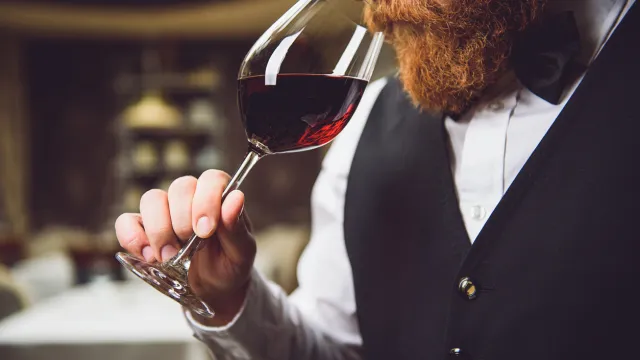
Perusing the shelves at your local shop or leafing through the list at a restaurant to find the perfect wine can be the beginning of a memorable experience once you pop the cork on your selection. But in some other cases, the amount of information in front of you—or perhaps even the information that’s missing entirely—can also make it feel impossible to land on the right decision. Fortunately, great service can help guide you toward something you love if you start with enough basic knowledge. Read on for the wine rules sommeliers wish you’d follow.
READ THIS NEXT: The 9 Drinks Bartenders Hate Making the Most.
1
Be honest about how much you want to spend.
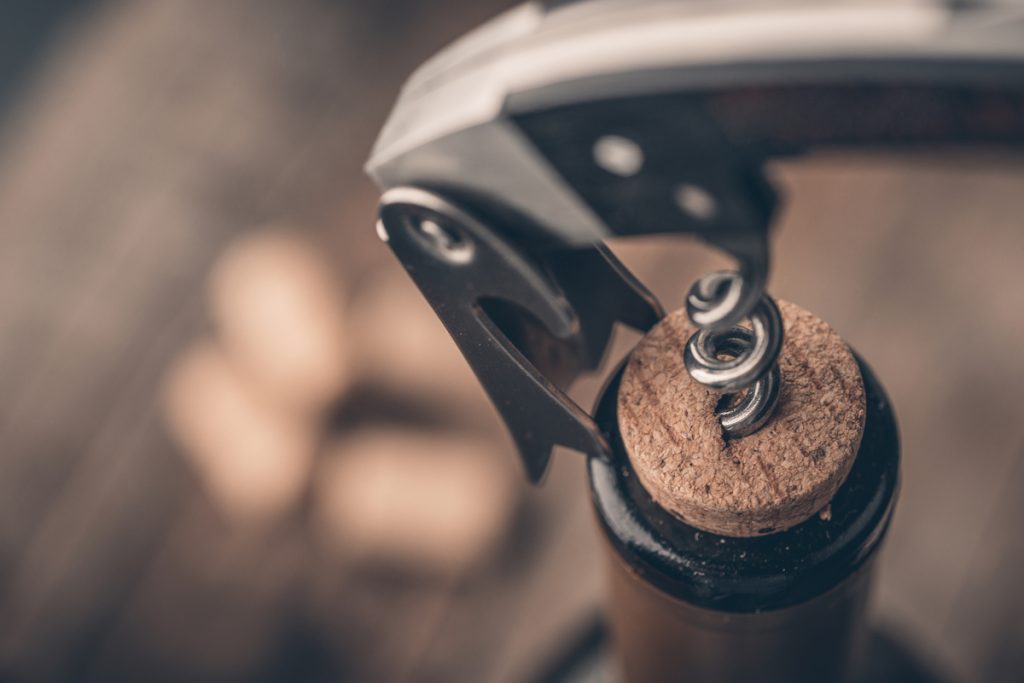
One of the easiest mistakes to make in wine can be assuming that you’ll have to break your budget to get something genuinely fantastic. Fortunately, you can still get exactly the flavor profile you’re looking for if you’re upfront with your server or wine store clerk.
“When talking with a sommelier, never be afraid to disclose exactly what your budget is. A good wine professional will respect that and will be better equipped to offer helpful selections within that range,” Travis Hinkle, corporate beverage manager for Del Frisco’s Grille, tells Best Life.
If you’re at a loss, it can help to talk to your sommelier about some of the wines you know you like and then ask for similar offerings.
“Well-known grapes or wine regions can command high prices, so sometimes the best values will lay off the beaten path,” Hinkle suggests. “Don’t be afraid to branch out and explore!”
2
Not every bottle has to be an older vintage.
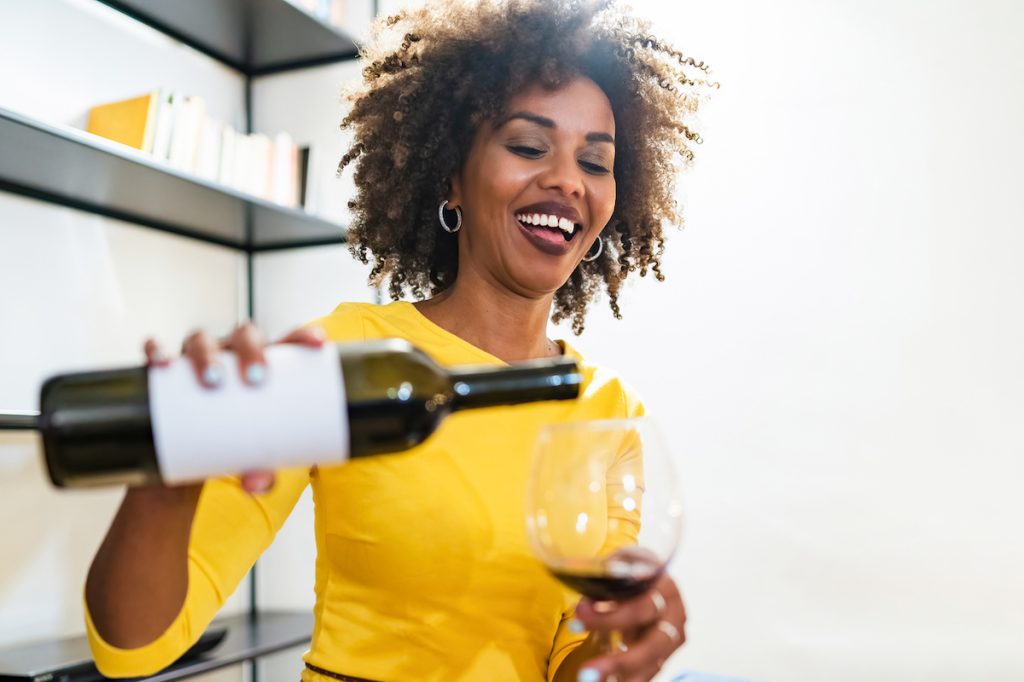
The term “aging like fine wine” may be well known for a reason. But wine experts point out that the vast majority of releases don’t need to sit in the cellar very long to taste great.
“Most wines—roughly 90 percent—are meant to be drunk within one year of production, so you don’t have to hold onto every bottle you get,” advises Audrey Wayne, a WSET Level 2 sommelier with distinction. “Drink your wine and enjoy it!”
READ THIS NEXT: 6 Items You Need on Your Bar Cart Before Guests Come Over, According to Mixologists.
3
Don’t try to force a “perfect pairing.”

If you’re hoping to take your fine dining experience to the next level, wine experts agree that what’s on the plate next to your glass matters. But if you’re fussy about what wines you like, you might want to skip trying to come up with the perfect pairing.
“If you have particular dislikes, such as sweet wines, or if you only drink white or red wine, tasting menus may not be for you,” says Jonathan Kleeman, group beverage manager and executive head sommelier at the Story Group in London.
Instead, order a bottle of the type of wine you enjoy.
“Making unnecessary requests only complicates the process for the restaurant staff. For instance, if you prefer a hearty red wine but you’re having a delicate scallop dish, finding a matching wine is challenging,” he explains. “So, if you don’t want a pairing, it’s better to be straightforward about it.”
4
Make sure you understand what “serving temperature” really means.
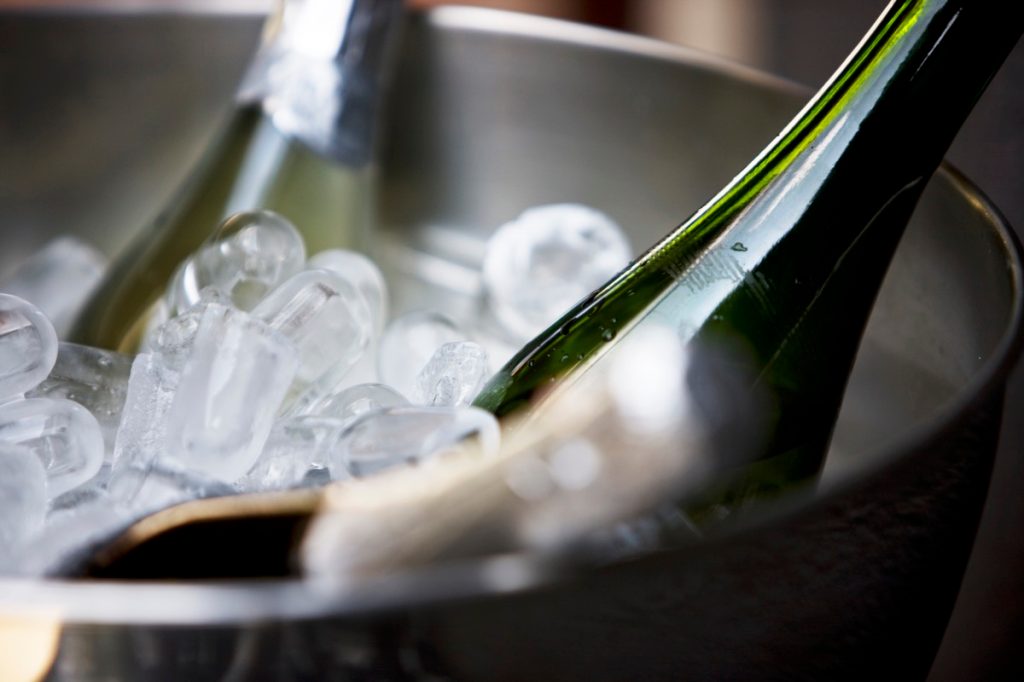
Most casual wine drinkers know that red wine is typically served at room temperature, while white and sparkling wines are more chilled. However, it turns out that our modern definition of what’s cool enough has changed over the centuries.
“Room temperature actually means cellar temperature. And cellars that aren’t tied to fully heated and air-conditioned homes: Think old French castle cellars,” Wayne explains.
There are even some differences to consider within categories.
“Lighter red wines such as Beaujolais and pinot noir should be served at cooler temperatures around 50 to 55 degrees Fahrenheit to highlight the bright fruit and deliciously lighter spice qualities in these wines,” says Sandra Guibord, founder of Sandra’s Wine Life. “Don’t hesitate to throw one of these bottles in an ice bucket for a few minutes and get a nice chill.”
Those bolder and richer bottles can stand to be a little warmer, though.
“Wines such as Cabernet Sauvignon and Italian Barolo can be enjoyed at 60 to 65 degrees to enhance the lush dark fruit, vanilla, and oak flavors,” she suggests. In comparison, white and sparkling wines can be served closer to 40 to 45 degrees.
If you’re at a loss for how to store wines at home, it can be easiest to keep them all at a cooler temperature, around 50 degrees Fahrenheit, Wayne says. That way, they can slightly warm up or cool down quickly when you’re ready to serve them.
For more wine advice delivered straight to your inbox, sign up for our daily newsletter.
5
Don’t limit yourself to what you think you know.

While knowing your grape varieties and geography can undoubtedly help you navigate a list, it can sometimes be too easy to fall back on the relatively small corner of the wine world you’re comfortable with. That’s why experts say it can be beneficial to take some recommendations and really get to know your palate.
“There is no universal ‘good’ or ‘bad’ wine,” says Jennifer Lindsay, a WSET Level 3 sommelier and director of the Wine Show at the Houston Livestock Show and Rodeo. “Wine is and should be a personal preference.”
Sometimes, this can mean not limiting yourself to just the wines enjoyed by the “wine expert” in your life.
“Try wines made from different varieties, blends, places, and producers to find what speaks to you,” Lindsay says. “Farmers and winemakers across the globe produce a wide array of flavor profiles, and each one of them has a devoted consumer base.”
Sometimes, it can help to think of wine as a one-of-a-kind presentation of a specific place that’s magically been captured in a glass vessel.
“Wine is a living agricultural product. Behind every bottle is a piece of land that is either cared for or heavily extracted from,” says Gianni Ottone, a CMS Level 2 sommelier and founder of Red Saint. “Like all things we eat, it’s important we’re conscious about how that product was created. Next time you’re ordering wine at a restaurant that has an in-house wine expert or sommelier, consider asking them for a natural wine or a bottle from a small producer: It may surprise you.”
6
Use the right glasses.

We’ve all made do with the glasses we have on hand in a pinch. But just like you wouldn’t serve filet mignon on a paper plate, stemware matters if you’re trying to get the most out of your bottle.
“You don’t have to have a different glass for every variety, but you want a quality glass that isn’t too thick and has enough room for the wine to move, allowing it to show off its aromas and flavors,” says Lindsay. “To get an idea for why this is so important, I recommend pouring the same wine into multiple glass types and you’d be amazed how different it tastes and smells in each one.”
READ THIS NEXT: The 10 Best U.S. Cities to Visit for Wine Lovers.
7
Asking for “dry” wine isn’t as helpful as you think it is.
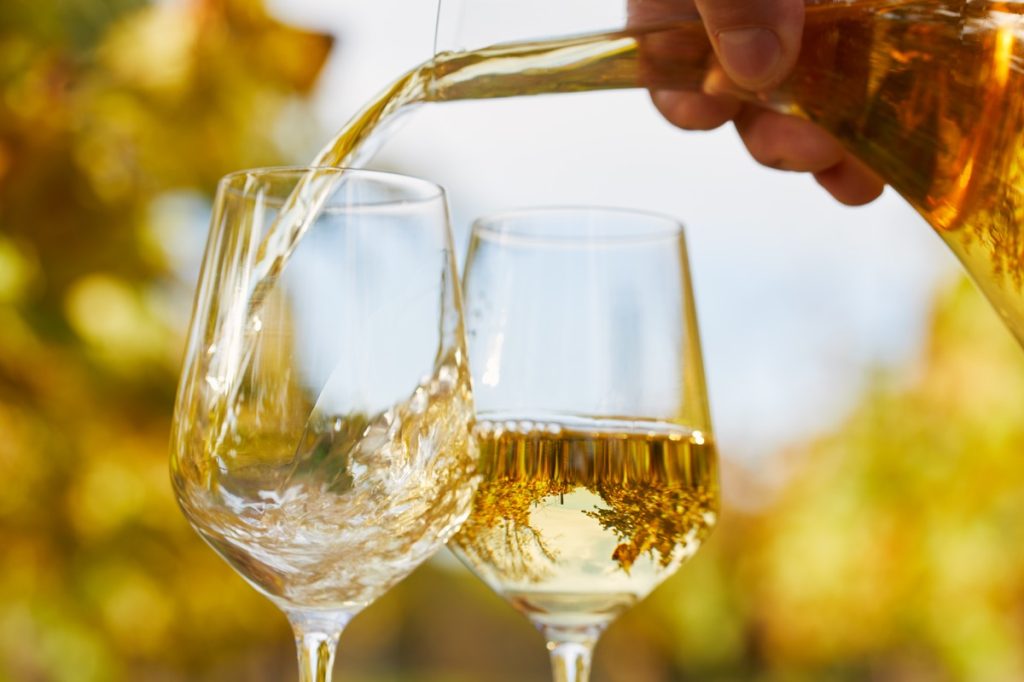
Arguably, one of the hardest parts about ordering wine can be coming up with the right words to describe it to your server or wine store clerk. But there is one widely used term that sommeliers would agree is deeply misunderstood by most consumers.
“It’s important to remember that most wines in Western restaurants these days are dry, and sweet wines are rarely found unless they’re labeled as such,” explains Kleeman.
Instead, try to think of your wine in a few separate categories that match your preference. This could mean saying you are a fan of “minerality,” which means rocky, salty, lean, or crisper tones, says Kleeman. You might also like them fruit-forward—which again doesn’t mean sweet—describing wines that prominently display notes of fruit flavors such as stone fruit, apple, pear, or citrus.
Kleeman says that if you’re having trouble building your vocabulary right away, you can still lean on recommendations.
“You could do this by pointing to a wine you like on the menu or mentioning a wine name you’re familiar with,” he suggests.
8
You don’t need a reason to drink Champagne.
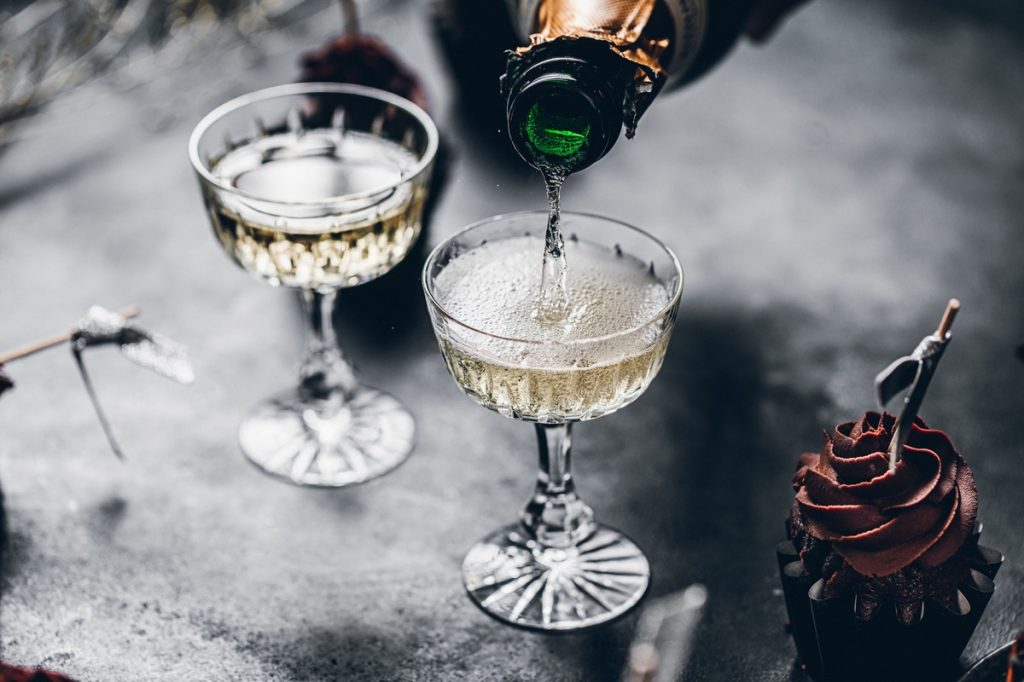
The sound of a cork popping is usually synonymous with a big celebration. But the fact is that Champagne and other sparkling wines can be just as good on any random night of the week if that’s what your palate is craving.
“Don’t be afraid to pop a bottle of bubbly without anything to celebrate,” says Ottone. “While usually reserved for dessert or a toast, incorporate Champagne with your meal. Some of my favorite—and truly fun—champagne pairings are very casual dishes like fish tacos, fried chicken sandwiches, and butternut squash ravioli with brown butter.”